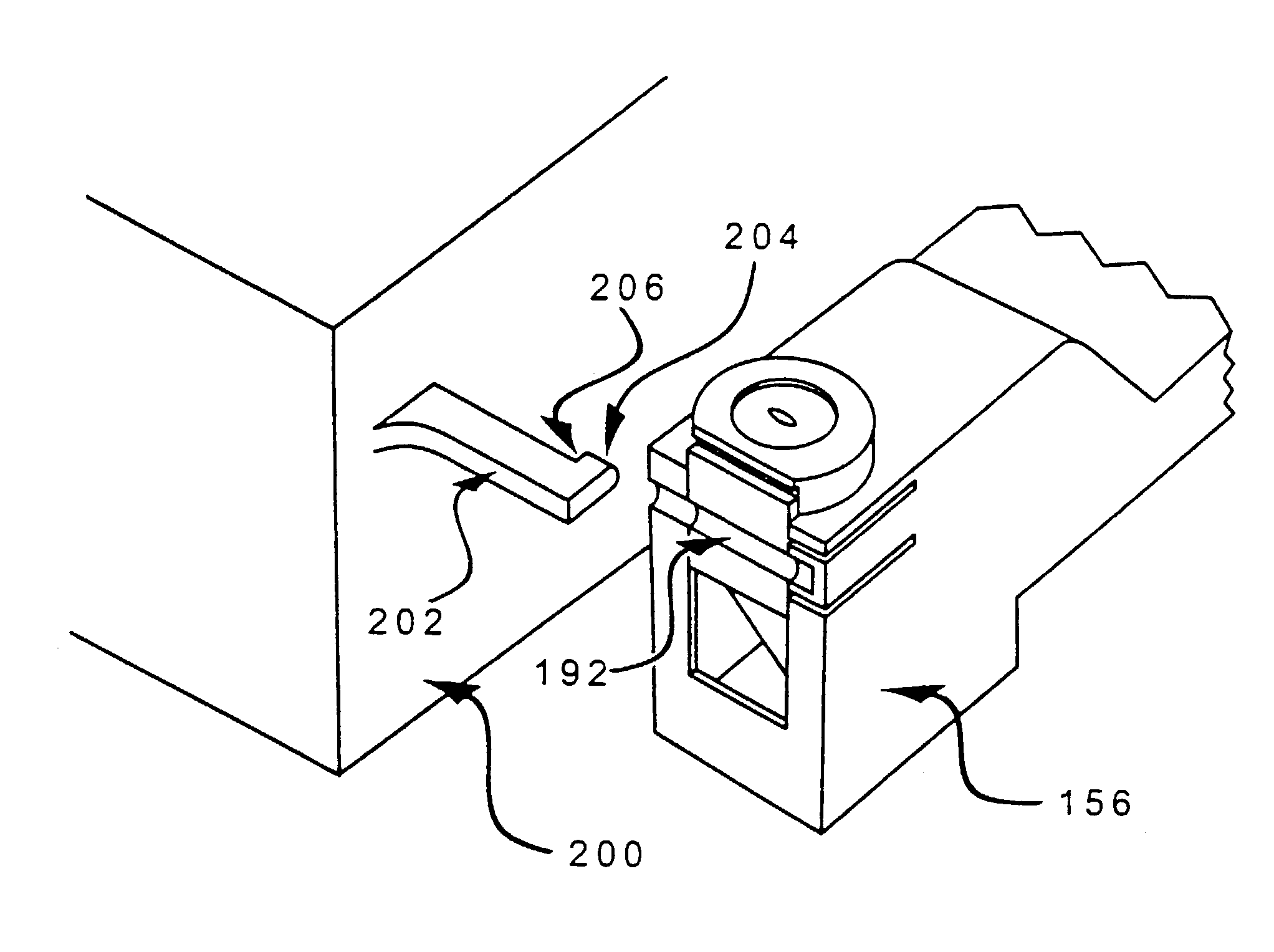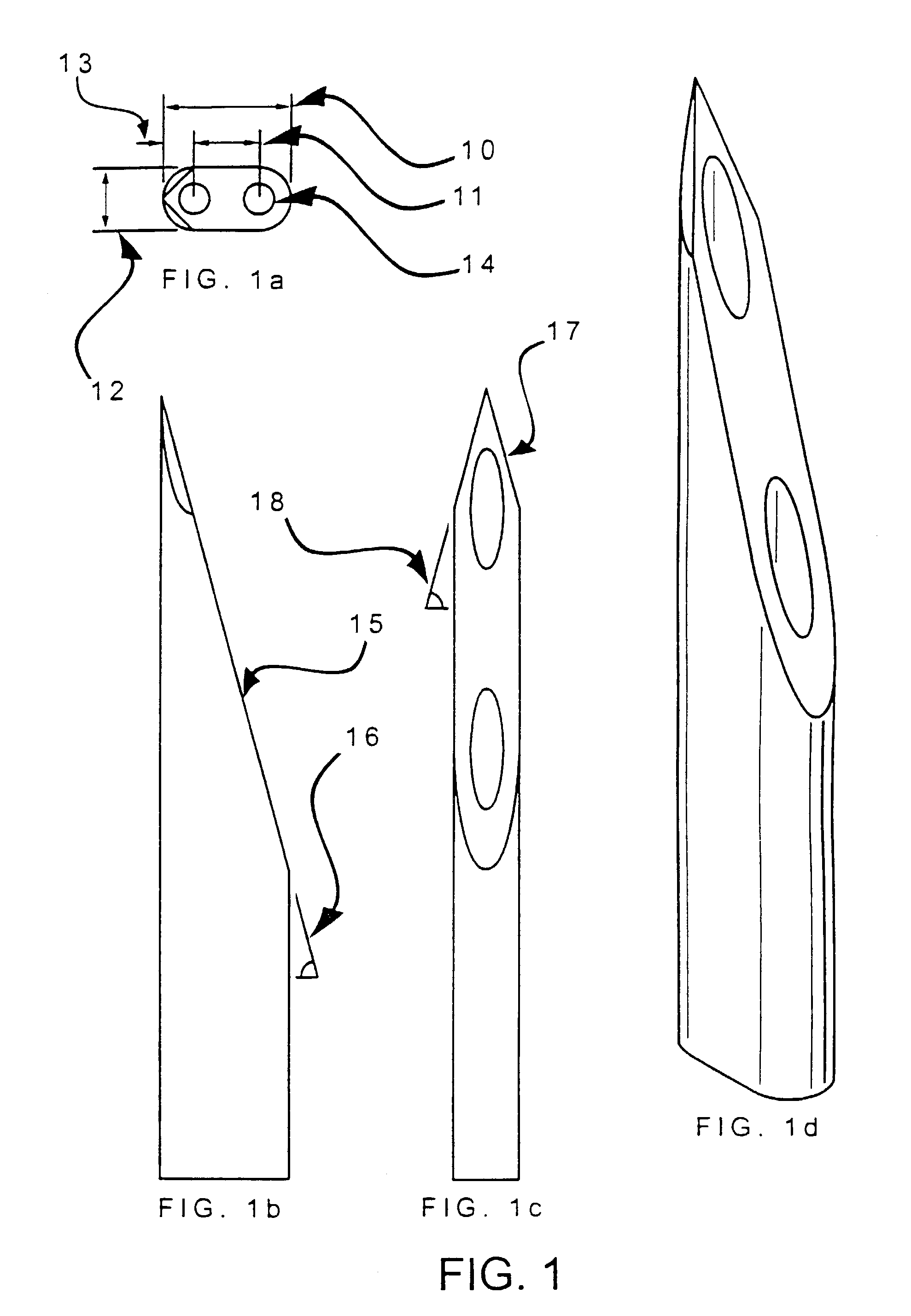Drug container entry mechanisms and method
a technology of entry mechanism and drug container, which is applied in the field of intravenous (iv) infusion of drugs, can solve the problems of residual drug producing unexpected consequences, inability to accept larger devices such as drug infusion cassettes, drowsiness and/or loss of consciousness, etc., and achieves low entry force and/or peak entry force, minimize cross-sectional area, and low entry force
- Summary
- Abstract
- Description
- Claims
- Application Information
AI Technical Summary
Benefits of technology
Problems solved by technology
Method used
Image
Examples
Embodiment Construction
[0049]U.S. patent application Nos. 09 / 324,759, filed Jun. 3, 1999 and 10 / 208,184, filed Jul. 31, 2002, both hereby incorporated herein by reference, disclose and enable several embodiments of an infusion administration device having various aspects including a cassette for the transfer of infusion liquid from a sealed drug container to a patient having a rigid pressure plate, a drug flow activation device for initiating the transfer of the infusion liquid from the drug container to the device where the device may be a spike for piercing a resealable stopper of a drug container, free-flow prevention devices, and air-entrainment lockout mechanisms, among other aspects. The embodiments of the trocar and cassette of the present invention as described below are meant to be adapted to work with such a device as well as with most other automated liquid infusion devices.
[0050]The different spike designs described below may be manufactured of plastic by injection molding. The plastic may be ...
PUM
 Login to View More
Login to View More Abstract
Description
Claims
Application Information
 Login to View More
Login to View More - R&D
- Intellectual Property
- Life Sciences
- Materials
- Tech Scout
- Unparalleled Data Quality
- Higher Quality Content
- 60% Fewer Hallucinations
Browse by: Latest US Patents, China's latest patents, Technical Efficacy Thesaurus, Application Domain, Technology Topic, Popular Technical Reports.
© 2025 PatSnap. All rights reserved.Legal|Privacy policy|Modern Slavery Act Transparency Statement|Sitemap|About US| Contact US: help@patsnap.com



